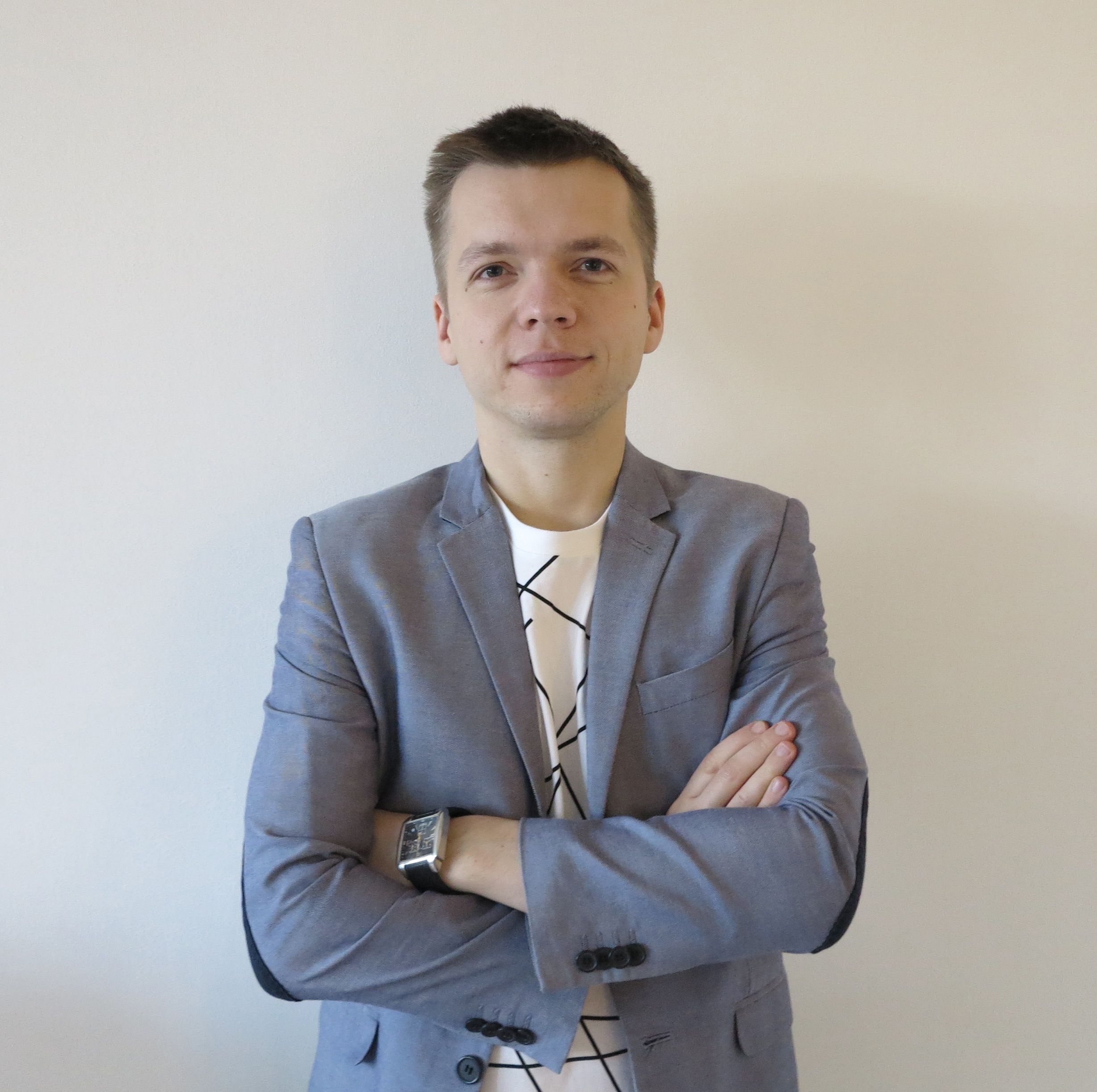305 reads
How to Build a Dream Team: Tips for CTO
by
March 17th, 2021
About Author
Husband, Father, Son, Visionary, Successful Entrepreneur, IT Geek
Comments
TOPICS
Related Stories
104 Stories To Learn About Hr
Oct 28, 2023
104 Stories To Learn About Hr
Oct 28, 2023
